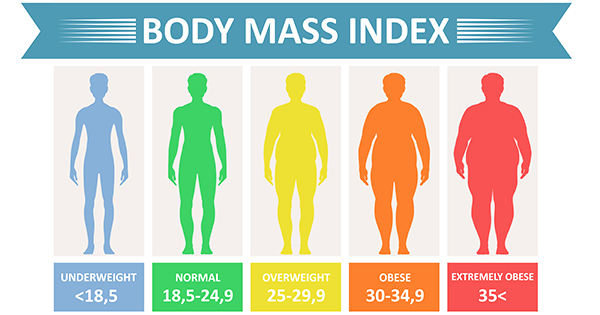Assessing One's Health & Fitness
Types Of Training
When making a fitness plan, there are 3 types of training that should be incorporated. Each one includes different techniques, targets, and sports. The trainings are categorized into cardiovascular, resistance, and flexibility.
Cardiovascular Training
Resistance Training
This type of training is designed to improve a person's muscle fitness by exercising specific groups of muscles using external resistance forces. These include dumbbells, weight machines, medicine balls, resistance bands, barbells, and body weight. This type of training should be performed 2-3 times a week.
Flexibility Training
Self-Myofascial Release is one type of flexibility training. This is used to release tension on tighter muscles. Big foam rolls are used in SMR. While SMR is used with personal trainers and experts, static stretching is simply stretching each tight muscle for a minimum of 30 seconds to lengthen it back to normal.
Fitness & Health Assessments
Fitness and health is assessed through a person's weight, resting heart rate, blood pressure, body mass index, and circumference measurements. Body mass index can be shortened to the abbreviation BMI. BMI = Weight/Height squared. However, this is slightly flawed because muscle mass can make up a person's weight. One may be very healthy and muscular and the BMI may calculate them to be overweight.

VikiVector. “About Adult BMI,” Centers for Disease Control and Prevention, 30 June 2020, www.cdc.gov/healthyweight/assessing/bmi/adult_bmi/index.html. Accessed 8 July 2020.
Calculating a person's mile time, the amounts of curl ups, sit ups, and sit & reach's one can do (in a period of time) could also assess and measure a person's fitness levels.
Module 3
Sources: “Log In to Canvas.” Ccsd.Instructure.Com, Canvas, 2020, ccsd.instructure.com/courses/1361626/pages/module-3-overview?module_item_id=15747051. Accessed 8 July 2020.
Comments
Post a Comment